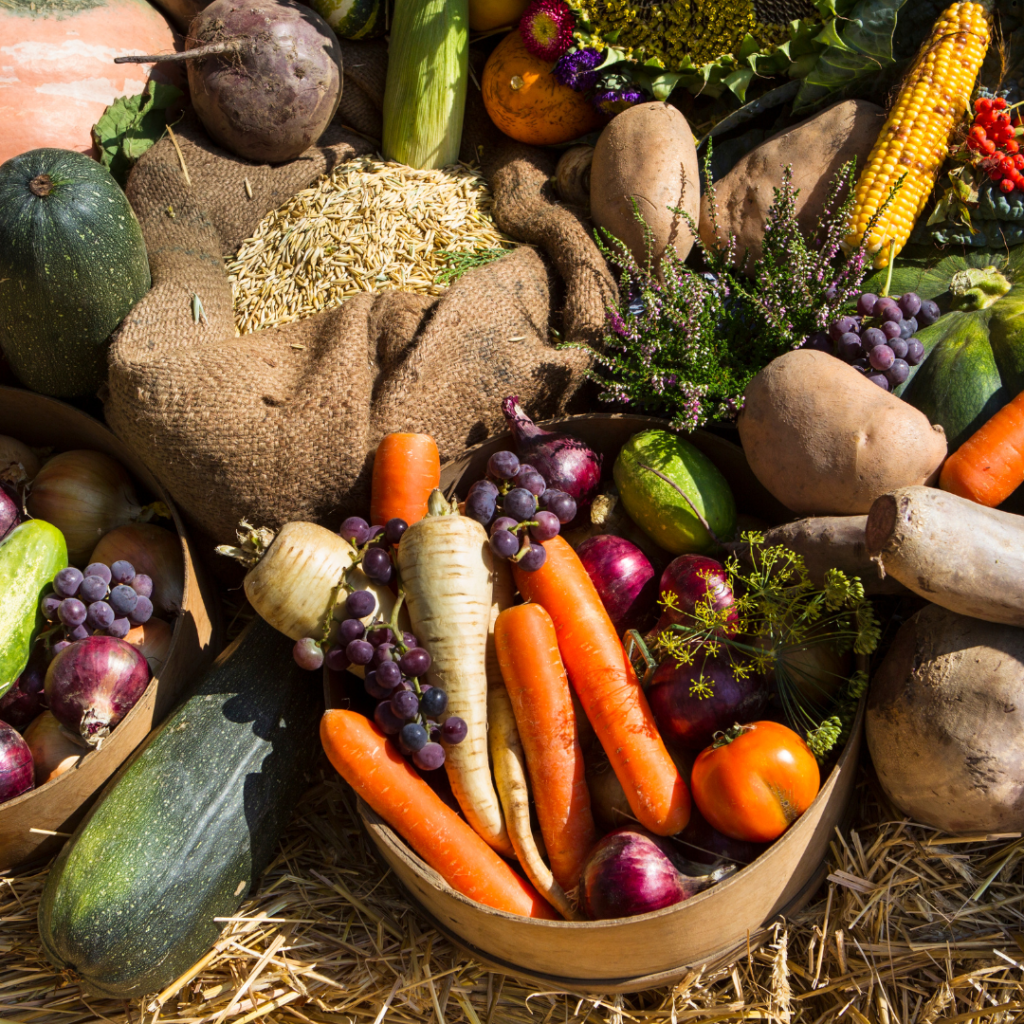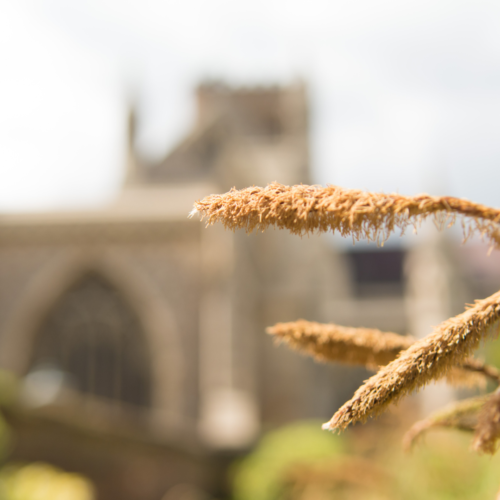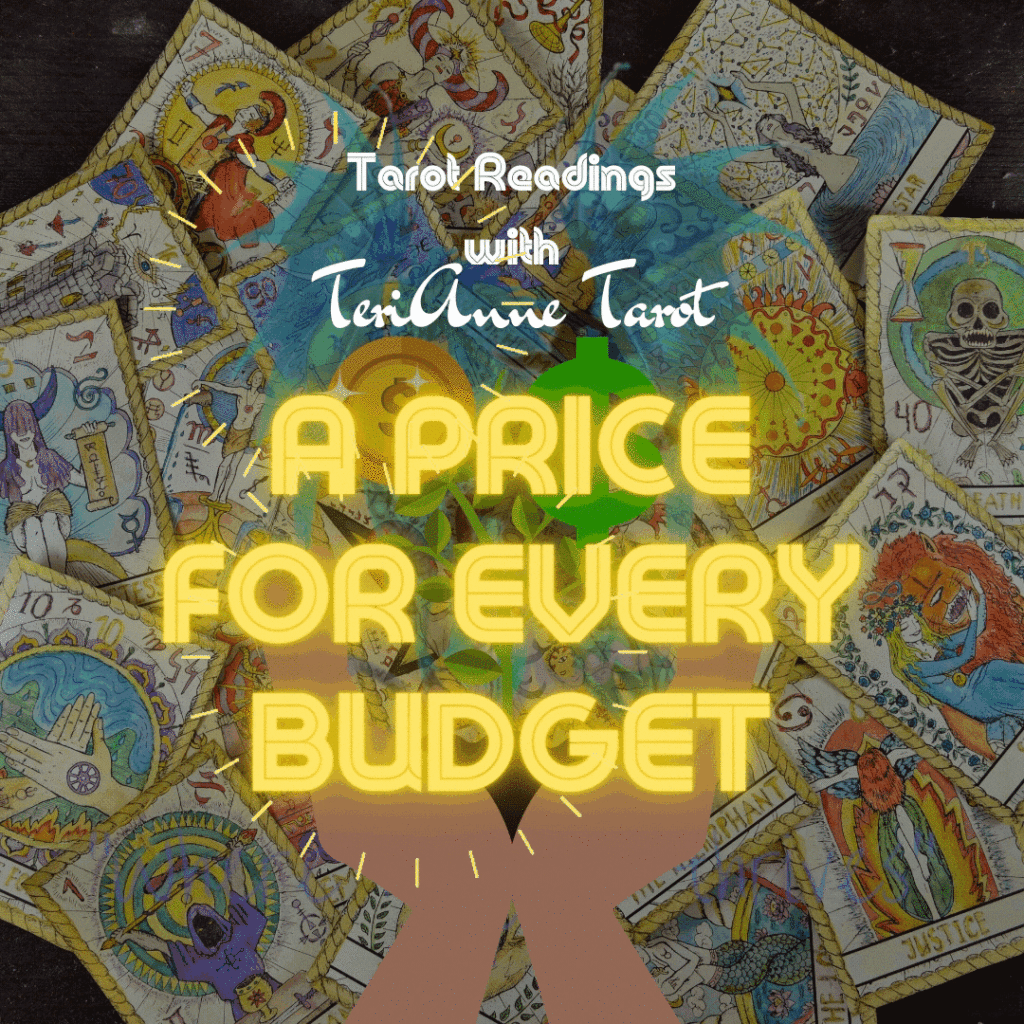What is Lughnasadh? Celebrated around August 1st, Lughnasadh (aka Lammas) is the time to begin reaping what we’ve sown throughout...
What is Lughnasadh?
Celebrated around August 1st, Lughnasadh (aka Lammas) is the time to begin reaping what we’ve sown throughout the past few months and acknowledging that the days of summer will soon come to an end.
This holiday can be celebrated to honor the god Lugh, or as a celebration of the harvest. Lugh, the Master of Skills, is the Celtic craftsman god associated with this time of year.
The early harvest and the threshing of grain has been celebrated for thousands of years. Below is a ritual that can be adapted for a solitary practitioner or a small group that you may want to try.
Lughnasadh Harvest Ritual

Lughnasadh is the time of year when the Goddess takes on the aspects of the Harvest Mother. The earth is fruitful and abundant, crops are bountiful, and livestock are fattening up for winter. However, the Harvest Mother knows that the cold months are coming, and so she encourages us to begin gathering up what we can.
This is the season for harvesting corn and grain, so that we can bake bread to store and have seeds for next year’s planting. It’s the time of year when the apples and grapes are ripe for the plucking, the fields are full and lush, and we’re grateful for the food we have on our tables.
This ritual celebrates the beginning of the harvest season and the cycle of rebirth, and can be done by a solitary practitioner or adapted for a group or coven setting. Decorate your altar with symbols of the season–sickles and scythes, garden goodies like ivy and grapes and corn, poppies, dried grains, and early autumn foods like apples. If you like, light some Lughnasadh Rebirth incense.
What You'll Need:
Have a candle on your altar to represent the archetype of the Harvest Mother — choose something in orange, red or yellow. These colors not only represent the blaze of the summer sun, but also the coming changes of autumn. You’ll also need a few stalks of wheat and an unsliced loaf of bread (homemade is best, but if you can’t manage, a store-bought loaf will do). A goblet of ritual wine is optional, or you can use apple cider for a great non-alcoholic alternative.
If your tradition requires you to cast a circle do so now, but it’s not mandatory.
Begin Your Ritual
Begin by lighting the candle, and say,
“The Wheel of the Year has turned once more,
and the harvest will soon be upon us.
We have food on our tables, and the soil is fertile.
Nature’s bounty, the gift of the earth, gives us reasons to be thankful.
Mother of the Harvest, with your sickle and basket,
bless me with abundance and plenty.”
Hold the stalks of wheat before you and think about what they symbolize: the power of the earth, the coming winter, the necessity of planning ahead. What do you need help planning right now? Are there sacrifices you should be making in the present that will be reaped in the future?
Rub the stalks between your fingers so a few grains of wheat fall upon the altar. Scatter them on the ground as a gift to the earth. If you’re inside, leave them on the altar for now — you can always take them outside later.
Say,
“The power of the Harvest is within me.
As the seed falls to the earth and is reborn each year,
I too grow as the seasons change.
As the grain takes root in the fertile soil,
I too will find my roots and develop.
As the smallest seed blooms into a mighty stalk,
I too will bloom where I landed.
As the wheat is harvested and saved for winter,
I too will set aside that which I can use later.”
Tear off a piece of the bread. If you’re performing this ritual as a group, pass the loaf around the circle so that each person present can take off a small chunk of bread. As each person passes the bread, they should say,
“I pass to you this gift of the first harvest.”
When everyone has a piece of bread, say,
“The bounty is here for all of us, and we are so blessed.”
Everyone eats their bread together. If you have ritual wine, pass it around the circle for people to wash the bread down.
Wrapping Things Up
Once everyone has finished their bread, take a moment to meditate on the cycle of rebirth and how it applies to your own life — physically, emotionally, spiritually. When you’re ready, if you have cast a circle, close it or dismiss the quarters at this time. Otherwise, simply end the ritual in the manner of your tradition.
source: Patti Wigington
Lughnasadh (Lammas) Correspondences:

Deities:
Lugh (Celtic, one of the Tuatha De Danaan), Dana (Lugh’s wife and queen), Demeter (Greek), Dionysus, Isis, Luna (Roman Moon Goddess), Taranis (Roman-Celtic Thunder God), Dagon (Phoenician Grain God), Ceres (Roman Grain Goddess)
Colors:
Red, orange, gold, green, brown, bronze
Crystals:
Aventurine, citrine, peridot, yellow diamonds, tiger’s eye, lodestone, golden topaz, moss agate, obsidian
Incense and Oils:
Wood aloes, rose, rose hips, rosemary, chamomile, eucalyptus, safflower, corn, passion flower, frankincense, sandalwood
Herbs:
Grain, acacia, heather, ginseng, cornstalks, cyclamen, aloes, goldenrod, peony, clover, yarrow, vervain, apple leaf, hops, ivy, marigold, rosemary, rose, rose hips, blackthorn, basil, frankincense, sunflower, poppy, grape vine, hollyhock, oak leaf, wheat, myrtle
Animals and Mythical beings:
Griffin, basilisk, rooster, calf, centaur, phoenix
Altar Decor and Symbols:
Corn, cornucopia, red & yellow flowers, sheaves of grain (wheat, barley, oats), corn dollies, baskets of bread, sacred loaf of bread, harvested herbs, bonfires, deity figures made of bread or cookie dough (said to be where the gingerbread man originated), threshing tools, scythe
Magick and Spells:
Prosperity, generosity, continued success, good fortune, abundance, home protection, meditation: visualize yourself completing a project or task you’ve started.
Activities:
Games, county fairs, breaking bread with friends, making corn dollies, harvesting herbs for charms/rituals, Lughnasadh fire with sacred wood & dried herbs, feasting, competitions, spear tossing, gathering flowers for crowns, swordplay, hand-fastings, dancing
Food & Drink:
Loaves of homemade bread, wheat, oat, barley, rye, grains, cornbread, barley cakes, corn, potatoes, summer squash, nuts, acorns, fresh fruits and vegetables, mushrooms, garlic, onion, wild berries (especially blackberry), apples, rice, pears, berry pies and cobblers, jam, grapes, elderberry wine, crab apples, meadowsweet tea, cider, ale, beer, whiskey, mead
Please note this is not a complete list.
Be magickal, y’all!


